Public parks provide an invaluable resource for communities, giving people access to open spaces for recreation, relaxation, and connecting with nature. However, without proper amenities, many visitors may feel discomfort that deters them from fully utilizing community parks. Thoughtfully chosen, comfortable outdoor furniture can transform bare grassy areas into inviting recreational spaces that draw people in and encourage greater public park usage.
Providing amenities like benches, picnic tables, shade structures, and waste receptacles serves an important purpose in making a park functional and accommodating. Beyond utility, it’s critical to consider how factors like design, materials, placement, and maintenance impact the visitor’s enjoyment. Making informed furniture choices allows cities to create outdoor spaces that attract more diverse users for longer durations. This article will examine just how to enhance the user experience in public parks with the right furniture.
Why the Right Furniture Matters
Choosing the right outdoor furniture is critical for parks to provide appealing community spaces. Thoughtfully selected amenities encourage utilization, enhance experiences, and convey stewardship of public assets. The benefits of proper furnishings include:
- Durable, comfortable furniture promotes extended stays and social connections
- Accessible layouts accommodate diverse groups of all ages and abilities
- Increased engagement and strengthened community ties
- Improved health outcomes through outdoor activation
- Maximized return on investment from long-lasting fixtures
Proper outdoor furnishings contribute to parks that bring people together and create inclusive environments for public life.
Key Types of Public Park Furniture
.png)
Outfitting a park requires selecting from a range of outdoor furniture to address both practical needs and create an appealing aesthetic. Key options include:
Benches
Benches provide seating spread throughout a park along walking paths, gardens, sports fields, and play areas. Wood, metal, recycled plastic, and concrete are common bench materials, each with pros and cons. Wood offers a classic look but requires more maintenance. Metal withstands weather better but can be colder for sitting. Concrete is durable but less comfortable. Benches with backs and armrests enhance comfort for longer seating durations.
Picnic Tables
Picnic tables allow visitors to eat outdoors or participate in games and activities. Wood is a popular material that blends into natural surroundings. Metal is more durable for high-use areas. Having some picnic tables under shade structures improves comfort on sunny days.
Waste and Recycling Receptacles
Trash receptacles and recycling bins should be conveniently placed throughout parks. Heavy-duty plastic or powder-coated metal resists weathering and animal damage. Lids should discourage rummaging. They need regular emptying based on usage.
Bike Racks
Bike racks accommodate environmentally-conscious visitors. Simple metal racks work for short stops. Covered shelters appeal to commuters needing secured parking. Locating racks near park entrances enables access while keeping paths clear.
Playground Equipment
Park playgrounds allow children to be active and explore. Traditional equipment like slides, climbers, and swings remain popular. Newer innovations incorporate music, learning, and accessibility. Using metal and plastic ensures durability, safety, and low maintenance.
Shade Structures
Shade structures like covered pavilions, pergolas, and cantilever umbrellas provide relief on hot, sunny days. They enable the use of playgrounds, seating areas, and picnic zones during peak sun hours. Fabric shade sails and solid roofs have different costs and durability.
Factors to Consider When Selecting Outdoor Furniture
Choosing furnishings involves weighing options for durability, comfort, accessibility, aesthetics, and cost. These key factors all contribute to enhanced user experience:
- Durability: Park furniture must withstand heavy use, vandalism, and year-round weather. Metal and plastic resist wear better than wood, but may feel hot in the summer sun. Concrete lasts decades but can crack over time. Using durable materials minimizes costly replacements.
- Comfort: Contoured, ergonomic seating provides back support and allows people of all sizes to sit comfortably. Extended seat depths and armrests make longer stays enjoyable for reading or conversing. Groupings of chairs encourage socializing.
- Accessibility: Park furniture should meet ADA guidelines for wheelchair access. Hard, smooth surfaces like concrete enable mobility device use. Accommodating multiple seat heights suits children and shorter adults. Armrests assist elderly visitors.
- Aesthetics: Furniture styles should coordinate across the park and complement natural surroundings. Neutral colors resist visible dirt. Bold colors and contemporary lines add visual interest but may not blend into all environments. Consistent design creates cohesion.
- Cost: High-quality fixtures have higher upfront costs but resist damage, lowering long-term expenses. Simple metal or plastic options keep acquisition costs down. Seeking grant funding or community donations can offset bigger investments in furniture built to endure.
By carefully evaluating these key factors, park managers can select outdoor furniture that both withstands heavy use and improves visitor experience. The ideal choices will provide comfort and inclusion for all ages while coordinating visually with the surrounding landscape.
Strategic Placement to Maximize Usage
The correlation between park visitor engagement and furniture layout is strong, as the placement of site furnishings significantly impacts the user experience. Carefully locating amenities enables convenience, comfort, and enjoyment for all visitors.
Creating designated zones draws people in by catering to multiple activities. For example, clustering grills, fire pits, and picnic tables form a defined cooking and dining area. Playgrounds, splash pads, and benches create a family zone. Grouping waste bins, recycling receptacles, water fountains, and bike racks at entrances establishes a utility hub.
Consider these placement strategies:
- Outdoor benches along walking paths for resting and enjoying views
- Picnic tables near playgrounds and fields with privacy spacing
- Cooking areas close to parking lots and central locations
- Waste bins at entrances, exits, and high-traffic junctions
- Bike racks near park access points but off main paths
- Shade structures near existing seating and play areas
- Wayfinding signs, maps, and labels to aid navigation
Thoughtful placement enhances convenience and tailored experiences that invite greater usage across age groups.
.png)
Maintenance for Longevity and Safety
Proper maintenance preserves assets, extends usage, and protects public investment. Key considerations include:
- Secured Installation: Permanent fixtures should be securely anchored into the ground to prevent tipping or theft. Removable components like umbrellas can be locked away overnight. Anti-theft designs and tamper-resistant hardware deter misuse.
- Offseason Storage: Removing pads and closing shade structures during the offseason protects assets from weathering. Storing removable furniture over winter reduces wear. Seasonal reinstallation provides a fresh look.
- Routine Cleaning: A cleaning routine removes trash, food messes, and debris that can stain and degrade furnishings. Wiping surfaces, hosing off grime, and graffiti removal sustain visual appeal.
- Maintenance Budgeting: Allocate adequate staff hours and supplies for preventative maintenance and immediate repairs. Quick fixes prevent further deterioration and costly replacement.
By making maintenance a priority, parks can keep furnishings looking fresh, extend replacement cycles, and provide a clean, appealing environment for community enjoyment. Proper care of public assets demonstrates good stewardship and protects investments for the future.
To learn more about maintenance tips for picnic tables, click here.
Safety and Accessibility Features
Park furniture designed for safety and accessibility accommodates people of all ages and abilities. ADA guidelines help ensure appropriate inclusion, but additional considerations contribute to an enjoyable park experience for diverse users.
The Americans with Disabilities Act (ADA) provides legal standards for accessibility that apply to public parks. Key requirements include:
- Path and surface clearances for mobility devices
- Textured paving on ramps and near steps
- Seat heights to enable transfers from wheelchairs
- A percentage of accessible seating and table types
Going beyond baseline ADA compliance, parks can incorporate these supplemental inclusive features:
- Textured concrete borders hold picnic tables securely on uneven ground
- Angled legs provide stability on hills and sloped terrain
- Rounded corners and capped tube ends prevent finger injuries
- A range of seating and table heights serves users from toddlers to seniors
The goal is to provide a park experience that is safe, comfortable, and welcoming to all. Careful furniture selection allows cities to create more inclusive and enjoyable public spaces.
Aesthetic Appeal
.png)
Creating an aesthetically appealing environment should be a key consideration when selecting park furniture. The visual styling can draw in diverse visitors when thoughtfully designed to complement natural settings.
Color selection plays a major role in integrating furnishings into the landscape. Earth tones, neutrals, and muted shades tend to blend in with greenery and landscaping, while bright bold hues can feel jarring. Limiting bright colors to accents creates pops of visual interest while maintaining a coherent palette. Pastels also soften the visual impact of furnishings compared to stark whites or primaries.
Cohesion in the design establishes an orderly, pulled-together aesthetic. Strategies to cultivate cohesion include:
- Choosing matching or coordinating styles for different furnishings
- Maintaining consistency in materials, colors, and decorative details
- Repeating design elements like a distinctive slat style across benches, picnic tables, and waste bins
- Strategically clustering furniture into zoning areas delineates spaces while encouraging social interaction.
Surrounding fixtures with landscaping also integrate them into the environment. Borders of shrubs, flower beds, rock elements, and shade trees help furnishings feel like part of the natural setting. Planters can soften hard edges and metal materials.
An aesthetically pleasing and functional park encourages greater engagement and lengthens visits.
Renewing Old Furniture
Refreshing park furniture on a limited budget may seem challenging, but creative solutions can enhance assets cost-effectively. Taking small improvement actions extends usable lifespan while brightening the appearance of the park space.
- Clean deeply using pressure washing, paint touch-ups, and re-staining to eliminate grime and restore visual appeal
- Make modular repairs quickly by stocking replacement slats, tabletops, and playground parts to fix damages as they occur
- Rearrange furnishings to respond to evolving usage patterns based on visitor flow observations and community input
- Apply fresh coats of paint in new colors to give dated items an updated, vibrant look
With some resourcefulness, parks can sustain quality experiences despite budget constraints. Thoughtful maintenance preserves community assets while keeping spaces clean, safe, and visually appealing.
Quality Park Furnishings from Picnic Furniture
.png)
As a family-owned company, we at Picnic Furniture take pride in providing high-quality, durable outdoor furnishings, especially picnic tables, to public parks since 2003. Our knowledgeable staff offers secure online ordering, toll-free multilingual support, and the strongest warranties in the market to give you peace of mind. We provide hassle-free quotes, custom options, and quantity discounts on our vast selection of commercial-grade benches, tables, receptacles, and shade structures. Explore everything about picnic tables with our comprehensive guide.
With our commitment to excellent service and factory-fresh products, Picnic Furniture aims to be your trusted partner in outfitting and beautifying public parks. Shop picnic tables today.
Frequently Asked Questions
How often should park furniture be cleaned?
Daily or weekly trash removal and wiping down surfaces prevents a build-up of grime. A monthly deep clean with pressure washing removes ingrained dirt and debris. Annually, all furniture should be thoroughly cleaned before the summer season.
Should we choose metal or wood for park benches?
Metal withstands weather better but can get hot in the sun. Powder coating resists rust. Wood is attractive but requires more maintenance. Either material can be designed for comfort. Composite wood-plastic blends are also durable and low maintenance.
Should we bolt down park tables and benches?
Yes, anchoring furniture with bolts, brackets, or poured concrete footings secures items and prevents theft. Surface mount plates allow removal in the off-season. Inground footings provide maximum security.
What is the best material for park benches in cold climates?
Metal is the most durable material for cold weather. Powder-coated steel or aluminum can withstand snow, ice, and freezing temperatures without cracking. Wood requires more maintenance but can be treated in cold climates.

















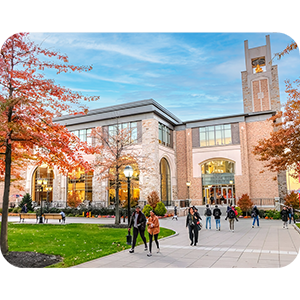

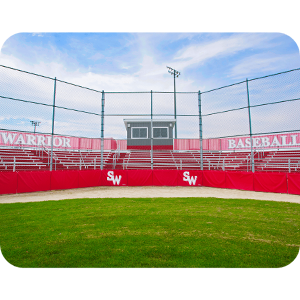
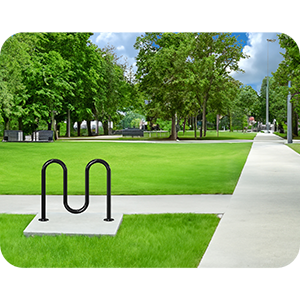
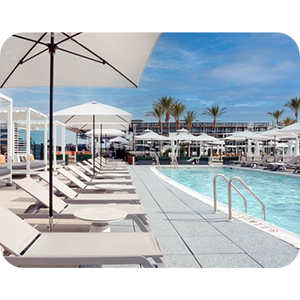
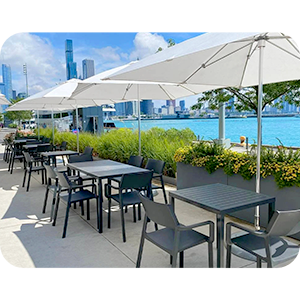
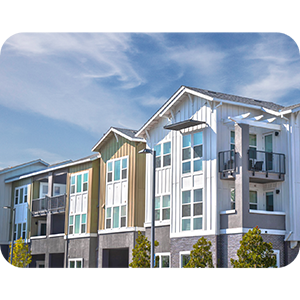







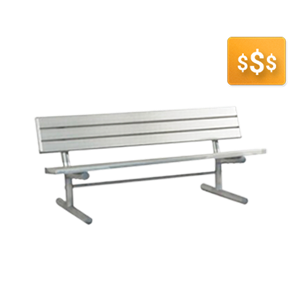
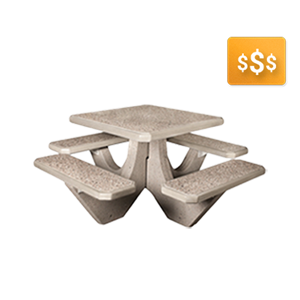
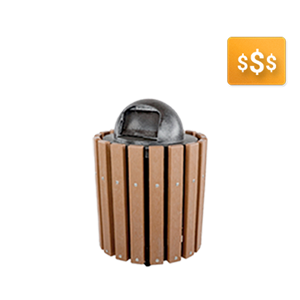
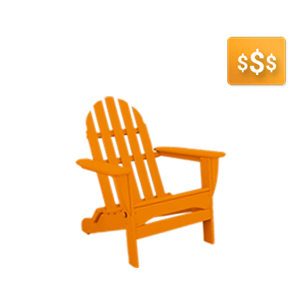
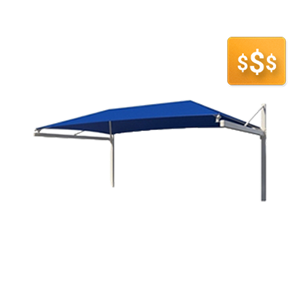
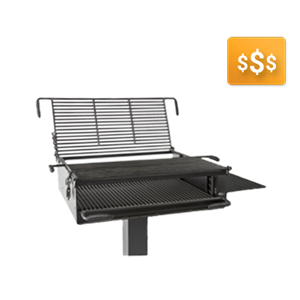
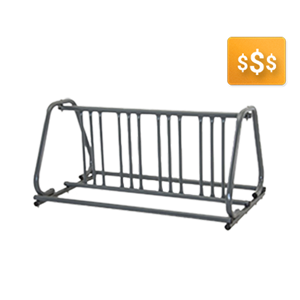







Leave your comment